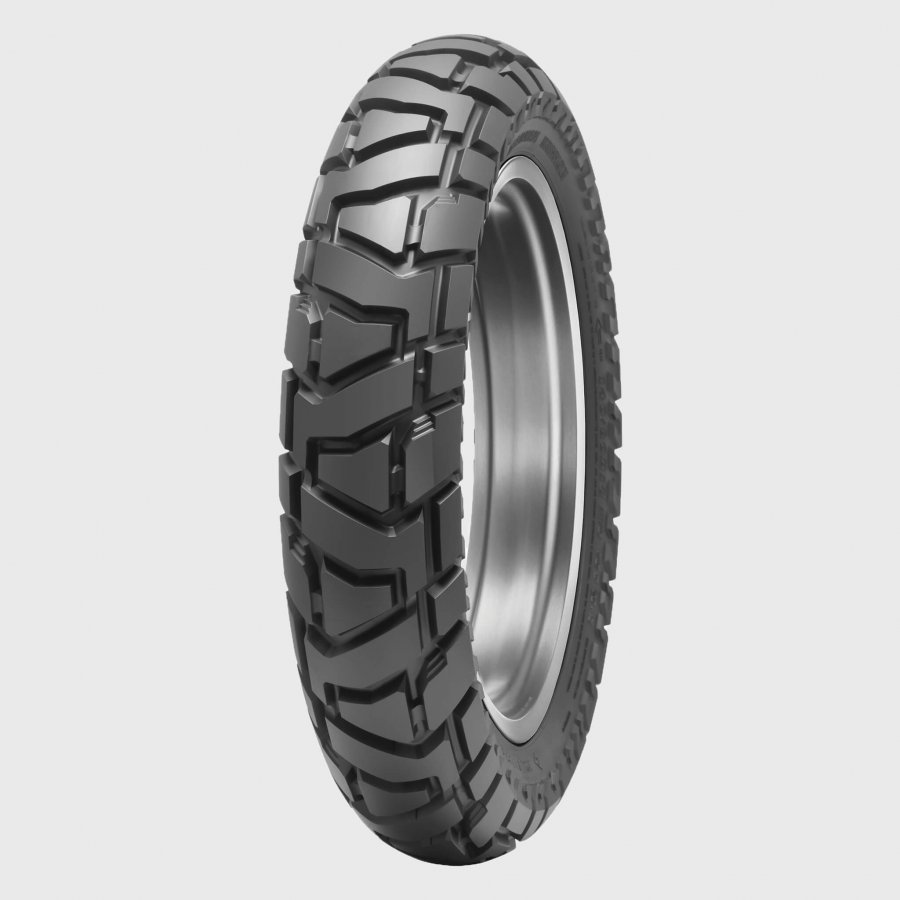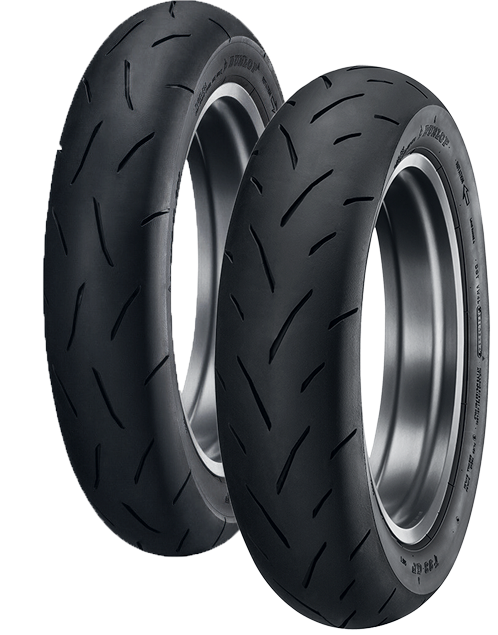Motorcycle Tyre Guide for Commuters and City Bikers
Motorcycle Tyre Guide for Commuters and City Bikers
Blog Article
Discover the Value of Choosing the Right Tyres With Our Interesting Motorcycle Tyre Guide
Selecting the appropriate tyres is necessary for any type of Motorcycle fanatic. The right tyres enhance performance, enhance security, and add to overall comfort during trips. Comprehending the various types, sizes, and upkeep techniques can considerably affect your riding experience. As cyclists face varied surfaces and problems, understanding exactly how to select the very best tyres ends up being vital. What variables should be taken into consideration to guarantee peak performance? The solutions wait for in the complying with sections.
Comprehending Various Kinds Of Motorcycle Tyres
Although choosing the right kind of Motorcycle tyre might seem frustrating, recognizing the different options readily available can substantially boost a motorcyclist's experience. Motorcycle tyres are largely categorized right into three kinds: sport, touring, and off-road. Visiting tyres are developed for long-distance traveling, using resilience and comfort on highways. These tires feature a tread pattern that offers superb grip and security, making them ideal for numerous climate conditions.Sport tires, on the various other hand, prioritize performance and handling, including a softer rubber substance that improves grip throughout cornering. They are optimal for riders that delight in perky rides on twisty roadways or racetracks. Off-road tires are tailored for tough surface, with a hostile step pattern that provides traction on loose surfaces like dirt or crushed rock.
Assessing Your Riding Style and Needs
Understanding exactly how various riding conditions impact performance is crucial when evaluating riding style and requires. This examination can direct motorcyclists in choosing the proper tire kinds that align with their details needs. By taking into consideration factors such as terrain and weather condition, bikers can make informed decisions for optimal safety and security and experience.
Riding Problems Effect
As motorcyclists navigate different terrains and climate condition, comprehending just how these variables affect Motorcycle performance ends up being vital. Different riding settings, such as damp, dry, or off-road, need certain tyre features to assure security and perfect handling. Wet problems call for tyres that offer far better hold to prevent hydroplaning, while off-road riding demands robust walk patterns for traction on loosened surfaces. In addition, temperature level variations can influence tyre stress and performance, calling for modifications based upon the conditions faced. Cyclists should analyze their common paths and environments when selecting tyres, as the best option can significantly improve their riding experience, guaranteeing both convenience and security in varied scenarios. Matching tires to riding conditions is vital for reliable Motorcycle performance.
Tire Types Overview
Understanding the numerous types of Motorcycle tires is crucial for motorcyclists aiming to improve their efficiency and safety. Each tyre kind accommodates specific riding problems and designs. Sport tyres, developed for high hold and dexterity, are perfect for aggressive riding and track days. Exploring tires focus on long life and convenience, making them suitable for long-distance journeys. Off-road tires include much deeper treads for traction on irregular surface areas, appealing to adventure applicants. Cruiser tires give a smooth ride, often highlighting aesthetic appeals for choppers and cruisers. Ultimately, dual-sport tires mix features of both on-road and off-road tyres, offering versatile bikers. Examining private riding styles and needs guarantees that the ideal tire kind is picked, inevitably boosting general riding experience and security.
The Effect of Tyre Size on Performance
Tire dimension substantially affects a bike's general performance, influencing traction, handling, and security. The size and size of tires can especially modify a bike's characteristics. Bigger size tyres can boost high-speed efficiency, giving smoother rides and improved security throughout straight-line traveling. Nevertheless, they may also call for more effort for fast maneuvering. On the other hand, narrower tires have a tendency to supply far better agility and responsiveness, making them ideal for dilemmas and intricate riding conditions.Additionally, the facet ratio, which relates to the tire's height, plays a critical duty in performance characteristics. A reduced profile tire might improve cornering security yet can compromise comfort because of lowered cushioning. Eventually, selecting the suitable tire size aligns with the cyclist's choices and intended use, whether for sporting activity, touring, or off-road riding. Understanding these subtleties warranties peak efficiency and improves the overall riding experience.
Tread Patterns and Their Relevance
Tread patterns on Motorcycle tires play a crucial function in identifying efficiency, affecting variables such as grasp and handling. Different kinds of walk designs provide to various weather condition conditions and terrains, ensuring suitable traction and security. Understanding these patterns is very important for bikers looking for to enhance their Motorcycle's efficiency and safety.
Kinds Of Tread Patterns
The performance of a bike is significantly influenced by the type of walk pattern on its tires. Different walk patterns serve particular features, accommodating different riding conditions. Glossy tyres include a smooth surface area, perfect for dry conditions and auto racing, hop over to here giving optimum grip. In contrast, tires with intricate patterns and deep grooves are created for wet or off-road problems, enhancing water variation and traction. Some tread styles, such as dual-purpose tires, strike an equilibrium for both light and on-road off-road usage. motorcycle tyre guide. Furthermore, sporting activity tires often have a more aggressive step pattern, improving cornering security. Understanding these kinds of tread patterns helps bikers choose the proper tires for their designated riding experiences and ecological problems
Effect on Efficiency
Selecting the right walk pattern greatly affects a motorcycle's efficiency in various riding problems. Step patterns are created to maximize hold, managing, and stability, directly affecting cornering capacity and braking performance. For circumstances, a more aggressive tread design improves grip on unequal surfaces, making it appropriate for off-road riding. On the other hand, a slicker step pattern promotes smoother trips on paved roads, reducing rolling resistance and improving fuel efficiency. The depth and setup of grooves also play an important duty, enabling for reliable water displacement and minimizing hydroplaning dangers. Inevitably, choosing an appropriate walk pattern tailored to certain riding settings and styles assurances boosted control, safety and security, and general riding experience, highlighting the importance of this choice for Motorcycle enthusiasts.
Climate and Terrain Viability
Weather and terrain kinds considerably affect the suitability of Motorcycle tire tread patterns. In damp problems, tires with deeper grooves and certain patterns are essential to channel water away and minimize the danger of aquaplaning. Alternatively, a flatter tread design offers suitable surface area call for completely dry roadways, enhancing grasp and security. For off-road riding, knobby tires provide enhanced traction on loosened surface areas like mud and crushed rock. Each step pattern offers a distinct function; consequently, choosing the proper tire is necessary for performance and safety. Riders ought to consider their common riding environment-- whether metropolitan, rural, or differed surfaces-- to assure their tires can properly deal with the conditions, promoting a safer and more pleasurable riding experience.
Preserving Your Motorcycle Tyres for Durability
While Motorcycle enthusiasts often focus on performance and appearances, disregarding tyre maintenance can lead to early wear and unsafe riding problems. Consistently examining tyre pressure is critical, as both under-inflation and over-inflation can adversely influence managing and hold. Additionally, maintaining the proper pressure can boost fuel efficiency and overall performance.Routine evaluations for signs of damages, such as fractures or punctures, also play a vital function in extending tyre life. Maintaining tyres tidy from particles and contaminants warranties peak traction. Moreover, revolving tyres on a regular basis helps distribute put on equally, extending their lifespan.Proper alignment and balancing of the wheels are required for keeping stability and reducing unequal wear. Ultimately, adhering to the supplier's referrals for tyre substitute periods guarantees that riders are geared up with reliable and risk-free tires. By focusing on these upkeep practices, motorcyclists can take pleasure in a more secure and longer-lasting riding experience.
Recognizing Tyre Use and When to Change
To assure ideal safety and performance, motorcyclists have to be vigilant in recognizing tire wear and understanding when to change their tires. Tyre step deepness is a crucial sign; a deepness of 1.6 mm or much less normally signifies the demand for replacement. Bikers must likewise take a look at the tires for unequal wear patterns, which can recommend positioning or suspension problems. Fractures, bulges, or visible cables are serious indicators of deterioration and warrant prompt replacement.Monitoring tire stress is like this necessary as under-inflation can speed up wear and compromise safety and security. In addition, cyclists need to recognize the age of their tires; even if the tread shows up adequate, tires older than 5 years might need replacing due to rubber destruction. Routine evaluations and maintenance will certainly assist establish that tires continue to be in peak problem, inevitably enhancing both biker safety and total Motorcycle efficiency.

Tips for Selecting the Right Tyres for Your Bike
Selecting the best tyres for a motorbike is basics extremely important for guaranteeing perfect performance and safety, especially after recognizing the signs of wear that necessitate substitute. Initially, cyclists need to consider their riding design and the kinds of problems they normally come across. Sport tires use improved grip for aggressive riding, while visiting tyres offer sturdiness and convenience for lengthy journeys.Next, it's critical to check the manufacturer's specifications for the Motorcycle, as these standards ensure compatibility. Additionally, reviewing tire size, tread pattern, and rubber substance can affect efficiency. Motorcyclists ought to additionally factor in weather problems; certain tyres do much better in damp or dry environments.Finally, buying from reliable brands can guarantee top quality and dependability, while consulting fellow bicycle riders or specialists can provide beneficial insights. By carefully considering these aspects, riders can select tires that improve their Motorcycle's performance, safety and security, and overall riding experience.
Regularly Asked Concerns
Just How Do Weather Affect Tyre Performance?
Weather considerably influence tyre performance, affecting grasp, managing, and put on. Rain can minimize traction, while extreme warm may create getting too hot. Cold temperatures can harden rubber, jeopardizing flexibility, therefore impacting general safety and security and maneuverability when driving.
Can I Mix Different Tire Brands on My Motorcycle?
Blending different tyre brand names on a motorbike can bring about inconsistent handling and performance - motorcycle tyre guide. Professionals suggest utilizing the very same brand name and version for both front and rear tires to assure maximum safety and security and stability during trips
What Is the Average Life-span of Motorcycle Tyres?

Do Motorcycle Tyres Requirement to Be Well balanced?
Motorcycle tires do call for balancing to assure even weight distribution. Effectively well balanced tyres boost stability, enhance handling, and lower unequal wear, inevitably adding to a more secure and a lot more comfy riding experience for motorcyclists.
How Commonly Should I Check My Tyre Stress?
Normal checks of tire stress are essential for safety and performance. It is recommended to check Motorcycle tyre pressure at least once a month and soon trips, making sure suitable handling and gas effectiveness. These tyres feature a step pattern that offers excellent hold and security, making them ideal for numerous climate conditions.Sport tires, on the other hand, prioritize performance and handling, including a softer rubber substance that improves hold during cornering. On the other hand, narrower tyres tend to supply far better dexterity and responsiveness, making them suitable for limited edges and complex riding conditions.Additionally, the element ratio, which relates to the tire's height, plays a vital role in efficiency attributes. Adhering to the manufacturer's referrals for tire substitute periods assures that bikers are equipped with risk-free and reliable tires. To ensure optimal safety and efficiency, bikers must be cautious in acknowledging tyre wear and recognizing when to change their tires. Sport tires offer boosted grip for hostile riding, while exploring tires offer durability and convenience for long journeys.Next, it's vital to check the supplier's specs for the Motorcycle, as these standards ensure compatibility.
Report this page